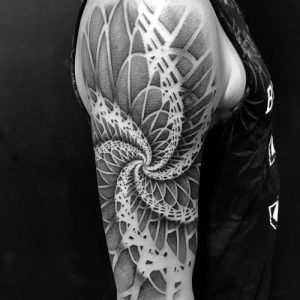The world of tattoo art has evolved tremendously over the years, with various styles and techniques emerging to cater to different preferences.
One such style that has gained popularity is biomechanical tattoos.
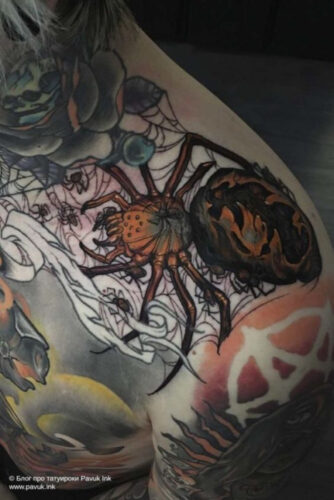
These tattoos feature a fusion of mechanical and biological components, creating a surreal and futuristic look. In this article, we’ll explore the history, anatomy, and symbolism of biomechanical tattoos, as well as some tips on how to choose the right design and artist for your tattoo.

History of Biomechanical Tattoos
Biomechanical tattoos first emerged in the 1970s when Swiss artist H.R. Giger introduced his concept of “biomechanics.” Giger was well-known for his work in the film industry, most notably his design of the alien in the movie “Alien.”
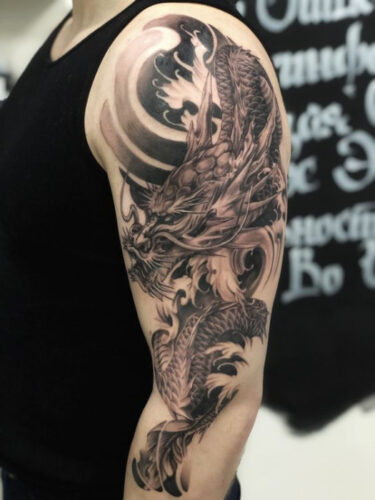
His biomechanical art style featured a combination of organic and mechanical elements, often depicting creatures with a skeletal or cyborg-like appearance.
In the 1980s, tattoo artists began to incorporate Giger’s biomechanical style into their designs.
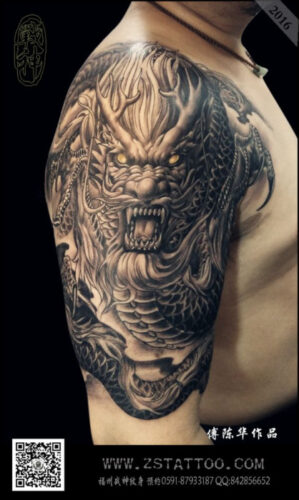
Artists such as Guy Aitchison, Aaron Cain, and Paul Booth became pioneers in the biomechanical tattoo genre, creating intricate designs that featured gears, wires, and other mechanical components woven into the skin.
Anatomy of Biomechanical Tattoos
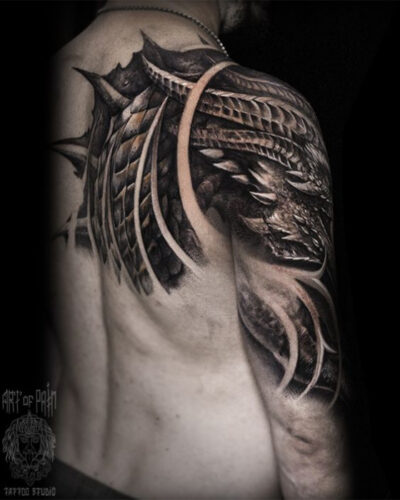
Biomechanical tattoos are designed to give the appearance of a cyborg or robotic organism, with mechanical components merging with organic tissue.
The design can vary greatly, but common elements include gears, pistons, wires, and other mechanical parts, often overlaid on top of muscles, tendons, and bones.
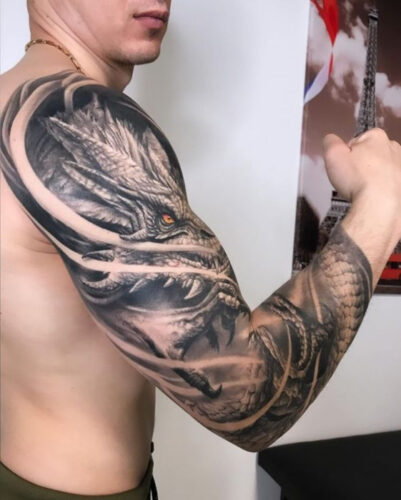
The tattoos are typically done in black and gray ink, although some artists may incorporate other colors to enhance the design.
Symbolism of Biomechanical Tattoos
The symbolism of biomechanical tattoos can vary depending on the design and the individual’s interpretation.
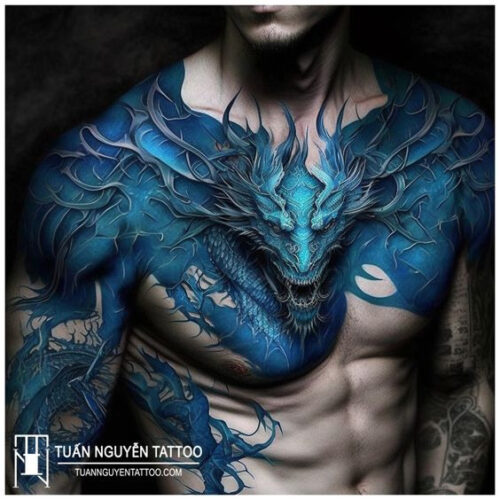
Some people may choose this style of tattoo to represent their love of technology or science fiction.
Others may see it as a representation of the human body as a machine, highlighting the intricate and complex workings of the human anatomy.
Still, others may see it as a symbol of transformation or rebirth, with the mechanical elements representing a metamorphosis from one state to another.
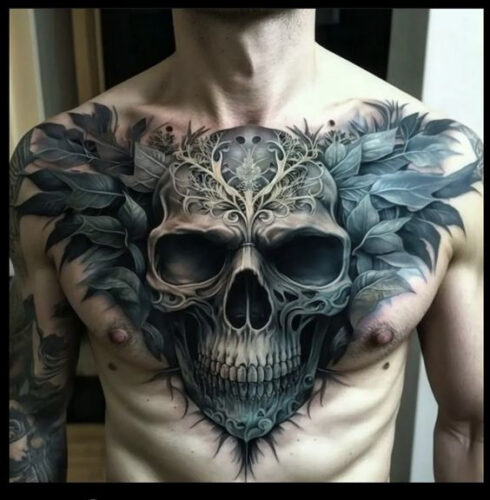
Choosing the Right Design and Artist
If you’re considering getting a biomechanical tattoo, it’s important to take the time to choose the right design and artist.
Look for an artist who has experience with biomechanical tattoos and has a portfolio of work that matches the style you’re looking for.

Take the time to discuss your ideas with the artist and ask for their input on the design. They may be able to suggest changes or additions to enhance the overall look of the tattoo.
When choosing a design, consider the placement of the tattoo and how it will flow with your existing body art.
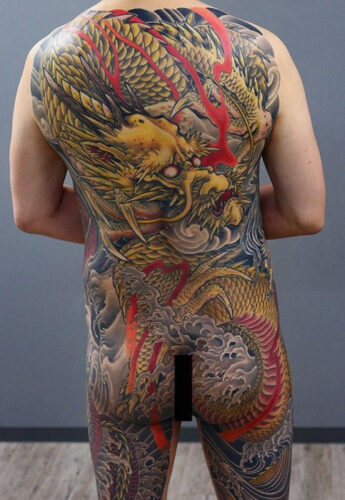
Biomechanical tattoos can be quite large and intricate, so it’s important to choose a design that will fit well in the desired location.
In conclusion, biomechanical tattoos are a unique and visually stunning style of tattoo art that has gained popularity in recent years. With its blend of mechanical and organic elements, it offers a fascinating take on the human body and its inner workings.
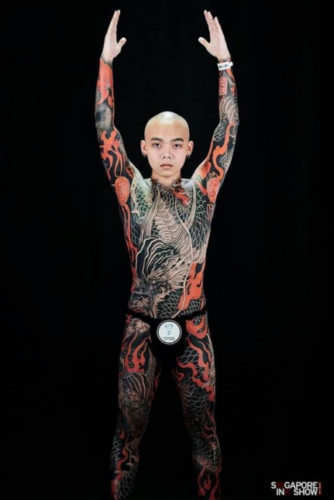
Whether you’re drawn to the style for its symbolism or its futuristic aesthetic, taking the time to choose the right design and artist can help ensure that you end up with a tattoo that you’ll love for years to come.





